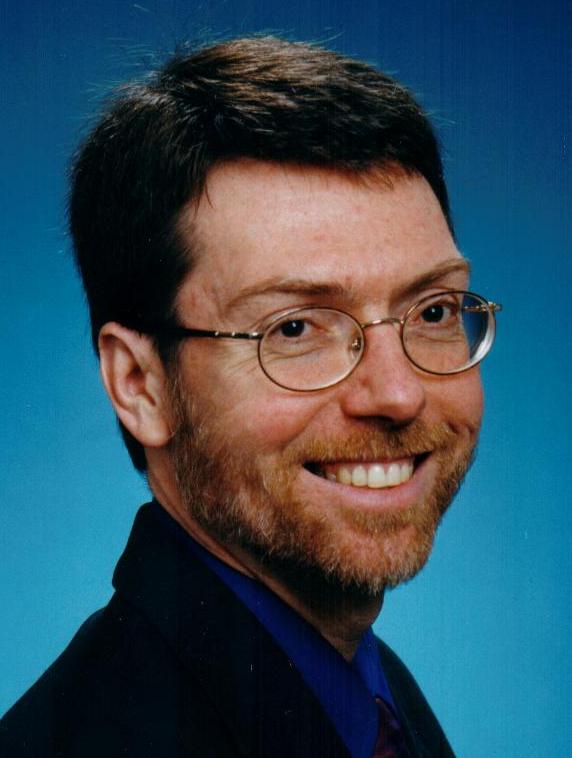
Professional conferences have always been a convenient way for me to learn. I am away from the distractions of the home and work environment and I have a magnificent choice of topics from the many sessions offered by colleagues and other knowledgeable people.
The 21st biennial conference of the Australian Association of Mathematics Teachers was held in Hobart at the beginning of July. The theme was “Mathematics: Essential for learning, essential for life” and many sessions discussed the interlinking of mathematical topics with each other and with the real world.
Unfortunately my end-of-semester exhaustion combined with a winter virus to provide a bad head cold and I spent the second day in my hotel bed trying to recover my health. I probably missed half the available session times and am still trawling through the proceedings to find some more gems.
During my time in the information technology industry, I adopted a gem-prospecting attitude to conferences and training in general. If I discovered one new, useful idea and also rediscovered one other great piece of knowledge that I had forgotten about, I felt I had “got my money's worth” from any half day training course.
On this measure of success, I am satisfied with my conference experience. I will mention just a few of the gems I have identified so far.
- Michael Cavanagh from Macquarie University presented his investigation of “Year 7 students' understanding of area measurement” that served to remind me how often we do not appreciate the understanding (and misunderstanding) that is happening in students' minds as we teach.
- Ken Smith from St Joseph's College, Toowoomba demonstrated how an enthusiast can take today's technology of podcasting, digital video production and interactive web-based tutorials to create effective resources to support the “digital natives” in his classroom.
- Merrilyn Goos from the University of Queensland talked about the value in teaching across strands, across topics and across subject areas. Reminding me of the Barbie doll physical dimensions activity, Merrilyn highlighted the opportunities in starting with a big question or a big issue.
- Susie Groves from Deakin University spoke of her personal experience with Hanna Neumann and encouraged us to put more stories into our lessons.
- Steve Thornton and Noemi Reynolds exposed the meta-narratives hidden in our work and suggested ways to allow students to have ownership of and power over their own mathematics.

